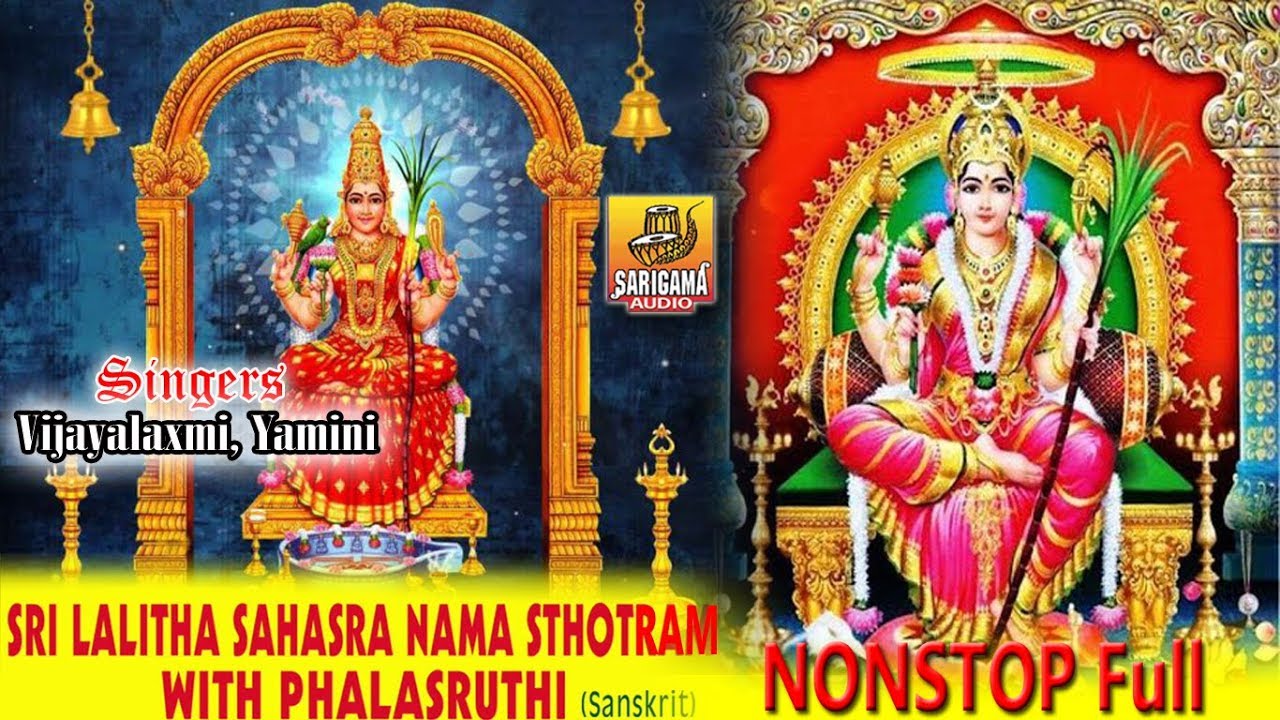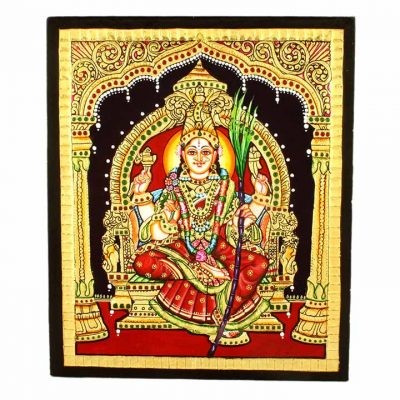

However, this interpretation of the name Shiva has been challenged by Swami Tapasyananda's translation of Shankara's commentary on the Vishnusahasranama. Parasara Bhattar had interpreted Shiva to mean a quality of Vishnu, such as "One who bestows auspiciousness". Again, he notes that "only Hari (Vishnu) is eulogized by names such as Shiva", a position consistent with interpretations of the Srivaishnavite commentator Parasara Bhattar. Adi Sankara of Advaita Vedanta asserts that the deity Vishnu is Brahman itself (not just an aspect of Brahmam). Two of the names in Vishnusahasranama that refer to Shiva are "Shiva" (names # 27 and # 600 in Advaitin Adi Shankara's commentary) itself, "Shambhu" (name # 38), "Ishanah" (name #6 4), and "Rudra" (name # 114). Despite the existence of other sahasranamas of other gods, referring a sahasranama as "The Sahasranama," generally refers to the Vishnu Sahasranama alone, thereby indicating its wide popularity and use. While Vaishanvas venerate other deities, they believe that the universe, including the other divinities such as Shiva and Devi, is ultimately a manifestation of the Supreme Lord Vishnu. The Vishnu Sahasranāma is popular among Hindus, and a major part of prayer for devout Vaishnavas, or followers of Vishnu.

The phala shruthi says that one who reads this Vishnu Sahasranamam every day with full devotion achieves name, fame, wealth and knowledge in his life.

It is also pronounced sahasranāmam in South India. In modern Hindi pronunciation, nāma is pronounced. The compound is of the Bahuvrihi type and may be translated as "having a thousand names". nāma ( nominative, the stem is nāman-) means "name". The meaning of sahasra is situation dependent. In Sanskrit, sahasra means "many", often infinite. All matter animate and inanimate reside in him, and he in turn resides within all matter.
Lalitha sahasranamam full stotra and meaning free#
In this world Who is the one refuge for all? Who is the greatest Divinity in the world ? By eulogising whom can a person reach auspiciousness? By worshipping whom can a person reach auspiciousness? What is, in your opinion, the greatest Dharma among all the Dharmas? By chanting whose name, can a creature proceed beyond the bonds of samsāra? īhishma answers by stating that mankind will be free from all sorrows by chanting the "Vishnusahasranāma", which are the thousand names of the all-pervading Supreme Being Vishnu, who is the master of all the worlds, the supreme light, the essence of the universe and who is Brahman. Kim japan mucyate jantuḥ janmasamsārabandhanāt Ko dharmaḥ sarva dharmāṇām bhavataḥ paramo mataḥ Stuvantaḥ kam kamarcantaḥ prāpnuyurmānavāḥ śubham Kimekam daivatam loke kim vāpyekam parāyaṇam Yudhishthira asks Bhishma the following questions:

In the 135th chapter of Anushāsanaparva (verses 14 to 120) in Mahabharata, the stotra was given to Yudhishthira by the grandsire of Kuru dynasty and warrior Bhishma who was on his death bed (of arrows) in the battlefield of Kurukshetra.


 0 kommentar(er)
0 kommentar(er)
